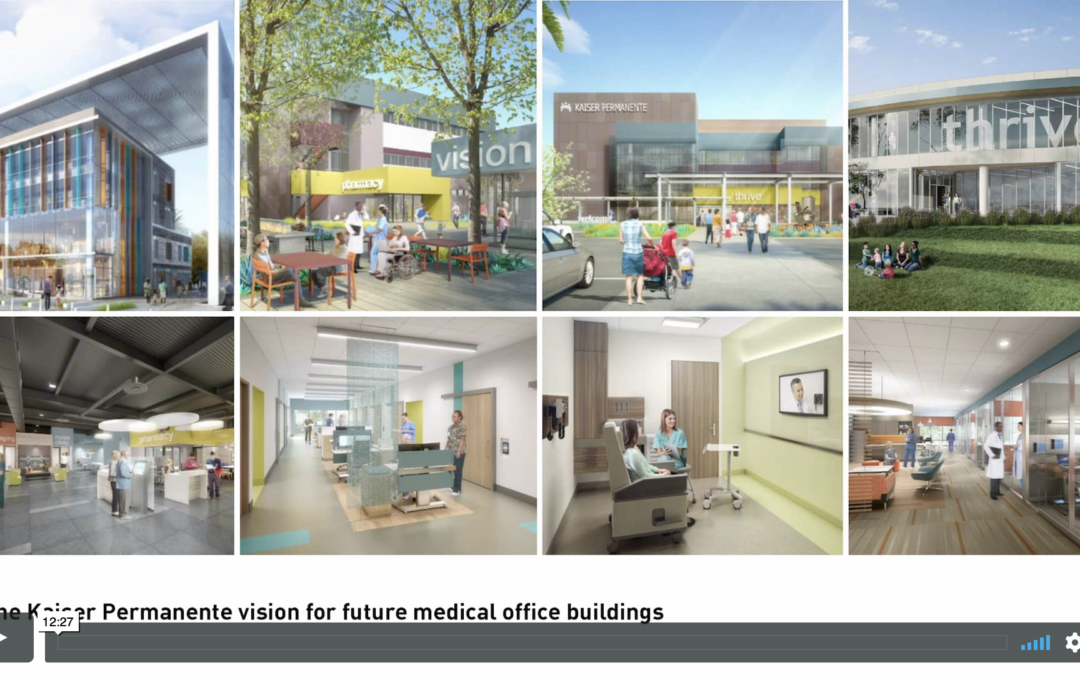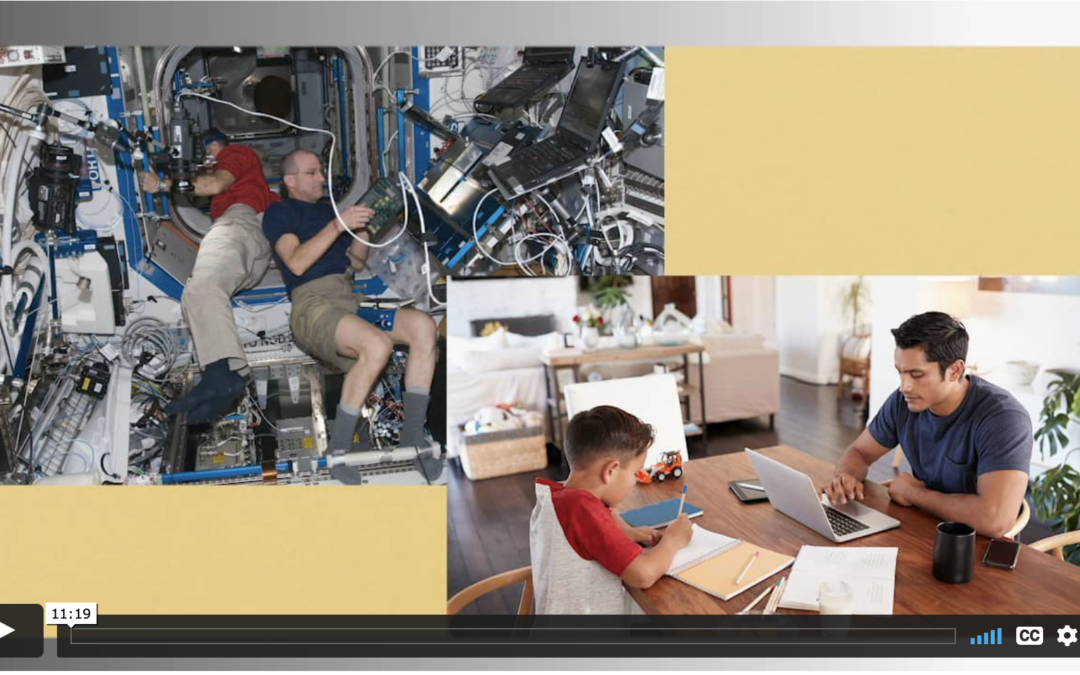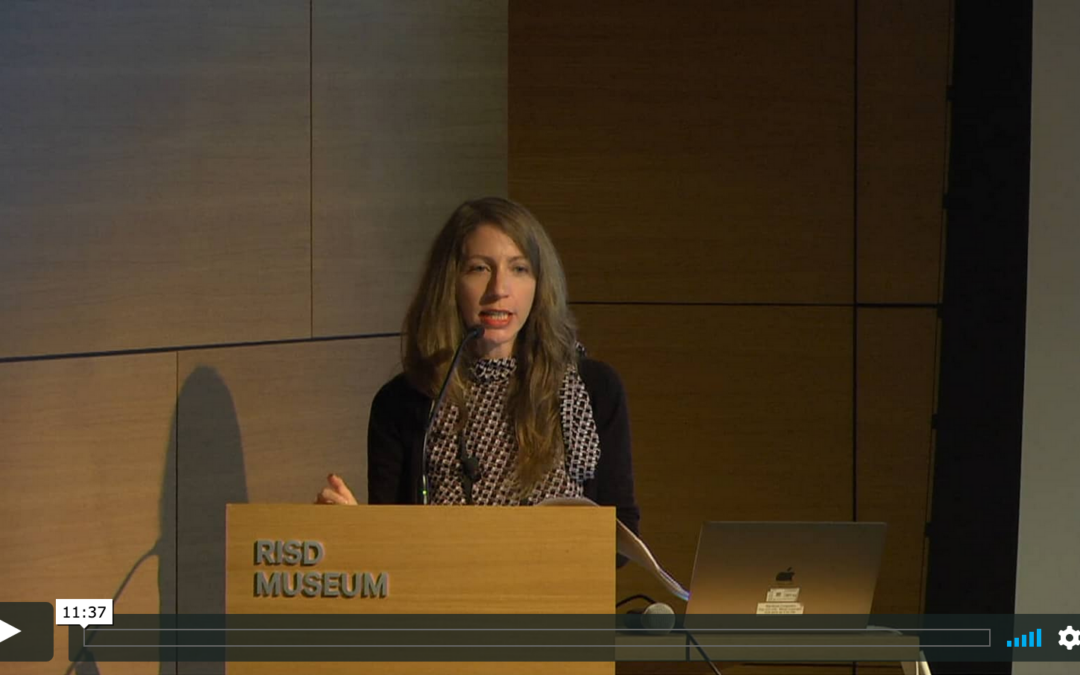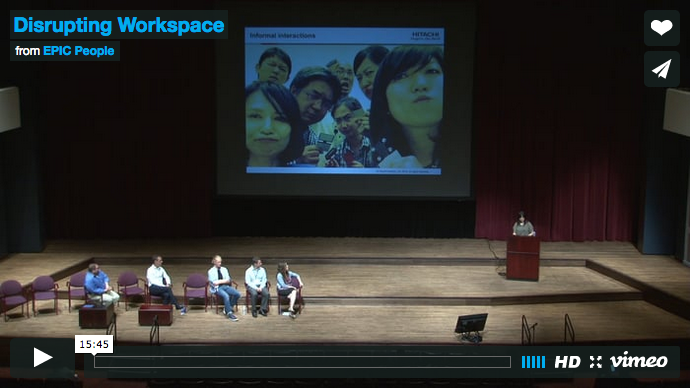Cast Study—In 2014, Kaiser Permanente began implementing a next-generation medical office model that reimagines the outpatient care experience, combining new architecture, workflow, and technology to create a more convenient experience for patients and a connected, efficient experience for staff...




